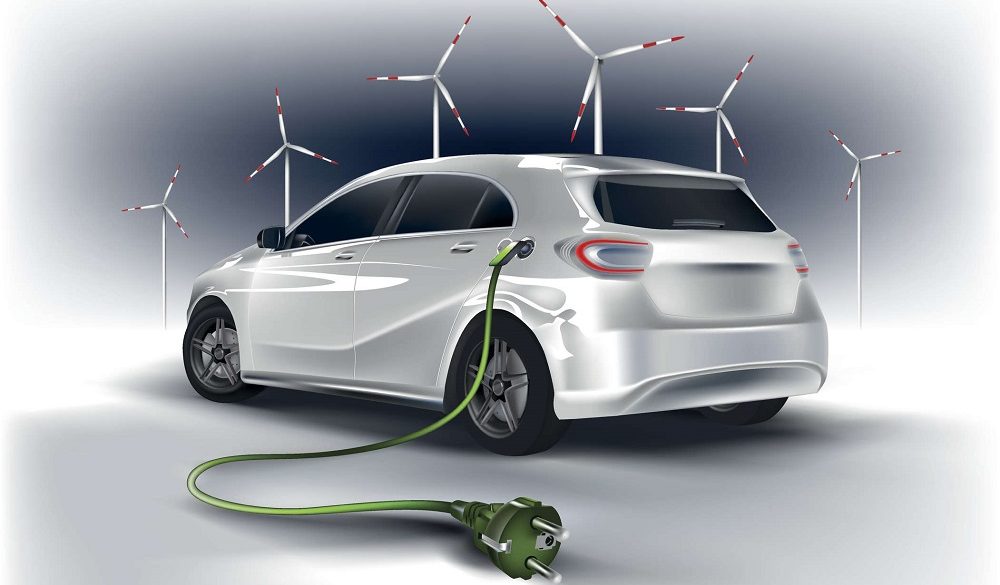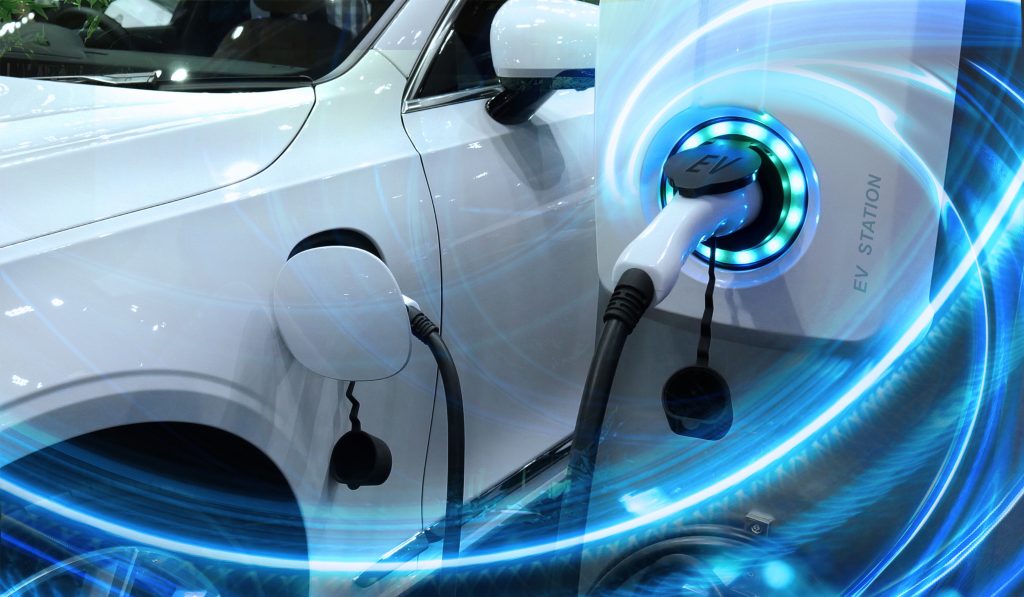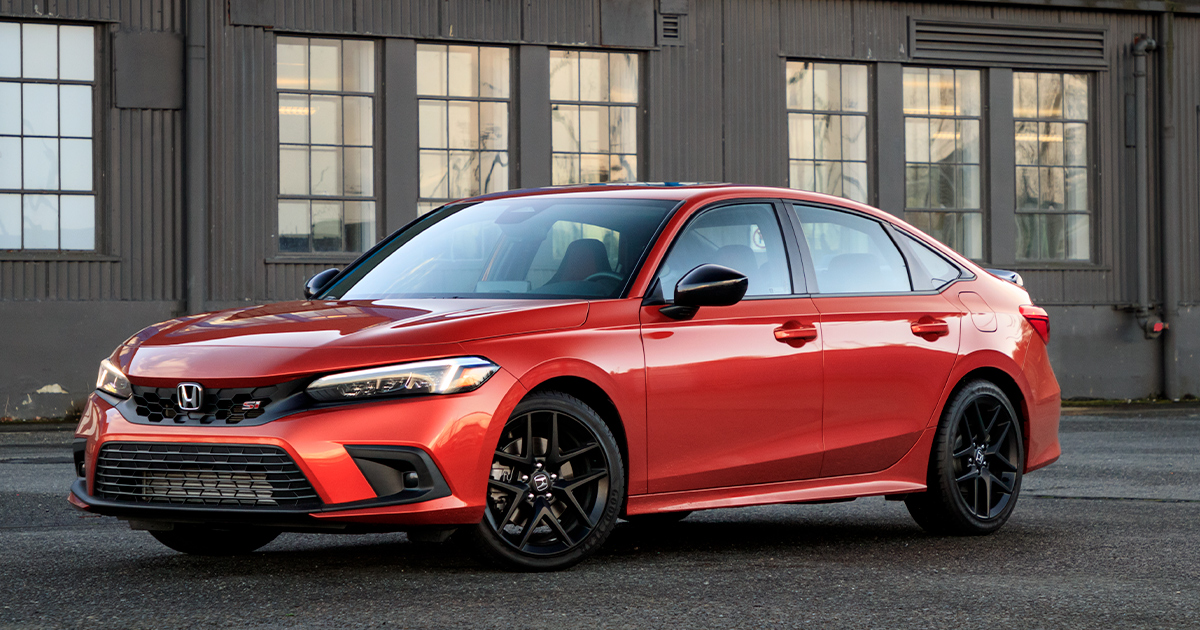Electric vehicles have been gaining traction in Oregon, a state renowned for its eco-conscious values and forward-thinking policies. With the promise of lower operating expenses and reduced environmental impact, electric cars are becoming a popular choice for many residents. But how do the real costs of owning an electric vehicle stack up against traditional gas-powered cars? This detailed comparison explores the financial and environmental implications, helping potential buyers make informed decisions about their next vehicle purchase.
Why Oregon is Embracing Electric Vehicles
Oregon’s commitment to sustainability is evident in its infrastructure and incentives for electric cars. From extensive charging networks to state-sponsored rebates, the push for cleaner transportation has never been stronger. Electric vehicles are seen as a solution to reducing greenhouse gas emissions and improving air quality, making them an attractive option for residents looking to minimize their carbon footprint.

State Policies Encouraging Electric Car Adoption
Oregon offers tax credits, rebates, and exemptions to lower the upfront costs of purchasing an electric vehicle. The Oregon Clean Vehicle Rebate Program is particularly appealing, providing incentives of up to $7,500 for qualifying electric car buyers. Additionally, the state’s network of charging stations ensures convenience for drivers, especially in urban areas like Portland and Eugene.
Environmental Benefits of Electric Vehicles
Electric cars contribute significantly to reducing pollution. Oregon’s power grid relies heavily on renewable energy sources such as hydroelectric, wind, and solar power, meaning that charging an electric vehicle produces far fewer emissions compared to burning gasoline. For eco-conscious consumers, this is a major advantage of making the switch.
Analyzing the Ownership Costs: Electric vs. Gas-Powered Cars
When comparing electric and gas-powered cars, it’s crucial to evaluate not just the purchase price but also operating costs, maintenance, and potential savings over time.
Purchase Price and Incentives
Electric vehicles often have a higher sticker price than gas-powered cars. However, federal and state incentives can help bridge the gap. For example, buyers of the Nissan Leaf or Tesla Model 3 in Oregon may qualify for both federal tax credits and state rebates, significantly reducing the upfront cost. Meanwhile, gas-powered vehicles generally have lower starting prices but lack such incentives.
Charging vs. Fueling Costs
Charging an electric car is significantly cheaper than fueling a gas-powered vehicle in Oregon. According to local utility rates, the average cost to fully charge an electric vehicle is about $10, depending on battery size. In contrast, filling a gas tank can cost upwards of $50, especially with fluctuating fuel prices. Over the course of a year, electric vehicle owners can save hundreds of dollars on energy costs compared to gas-powered car drivers.
Oregon’s extensive charging network further supports cost savings. Public charging stations, including many free or low-cost options, make it easier and more affordable to keep an electric vehicle powered up. Fast-charging stations located along major highways also enhance the convenience of long-distance travel.
Maintenance and Repair Expenses
Electric vehicles have fewer moving parts than their gas-powered counterparts, resulting in lower maintenance costs. Electric motors do not require oil changes, and regenerative braking systems reduce wear on brake pads. Gas-powered cars, on the other hand, require regular servicing for engine components, transmission systems, and exhaust parts, which can add up over time.
A study by Consumer Reports found that electric vehicles cost, on average, 50% less to maintain and repair compared to gas-powered cars. This makes them an appealing option for drivers looking to reduce long-term expenses.
Depreciation Rates
Depreciation is an important factor to consider when evaluating ownership costs. Electric vehicles have historically depreciated faster than gas-powered cars due to concerns about battery longevity and limited resale demand. However, advancements in battery technology and growing market acceptance are narrowing this gap. Models from Tesla, for instance, have shown impressive resale values, reflecting consumer confidence in their durability.
Gas-powered vehicles, while generally depreciating more slowly, are increasingly impacted by the shift toward electric cars. As regulations tighten and demand for fossil fuel-based cars declines, their resale value may decrease over time.
Comparing Real-Life Examples in Oregon
To illustrate the cost differences, consider two popular models: the Tesla Model 3 and the Toyota Camry.
Tesla Model 3: An Electric Leader
The Tesla Model 3, priced at around $40,000, benefits from federal tax credits and Oregon’s state rebate, reducing the initial investment to approximately $32,500. Charging the Model 3 costs roughly $500 annually, and maintenance expenses are minimal, totaling about $300 per year.
Over a five-year period, the total cost of ownership for the Tesla Model 3, including depreciation, energy costs, and maintenance, is estimated at $42,000.
Toyota Camry: A Gas-Powered Benchmark
The Toyota Camry, with a base price of $26,000, does not qualify for any tax credits or rebates. Annual fuel costs are estimated at $1,500, with maintenance expenses adding another $600 annually.
Over five years, the total cost of ownership for the Toyota Camry, factoring in depreciation, fuel, and maintenance, is approximately $45,000.
Despite the higher upfront price of the Tesla Model 3, its lower operating costs and incentives make it more cost-effective than the Toyota Camry in the long run.
Challenges and Considerations for Electric Vehicle Owners
While the financial and environmental benefits of electric vehicles are compelling, there are challenges to consider before making the switch.

Charging Infrastructure in Rural Areas
While Oregon’s urban centers boast a robust charging network, rural areas may have fewer charging stations. Drivers in remote locations might find it less convenient to charge their vehicles, making gas-powered cars a more practical choice for some residents.
Battery Replacement Costs
Although electric vehicle batteries are designed to last for many years, replacing a battery can be expensive. However, most manufacturers offer warranties that cover batteries for 8-10 years or 100,000 miles, providing some peace of mind for buyers.
Range Anxiety
Range anxiety, or the fear of running out of battery power before reaching a charging station, remains a concern for some potential buyers. However, advancements in battery technology have led to significant improvements in range, with many electric vehicles now capable of traveling over 300 miles on a single charge.
The Future of Electric Vehicles in Oregon
Oregon is poised to become a leader in electric vehicle adoption, thanks to its progressive policies and environmentally conscious population. As the state continues to invest in renewable energy and expand its charging network, the appeal of electric vehicles is expected to grow. Furthermore, advancements in technology and increasing competition among automakers will likely result in more affordable electric cars with better performance and range.
Conclusion
Electric vehicles offer a compelling alternative to gas-powered cars for Oregon residents, with significant savings on energy and maintenance costs. While the initial investment may be higher, state and federal incentives, along with long-term financial benefits, make electric vehicles an attractive option. As Oregon continues to prioritize sustainability, the shift toward electric transportation is not only a practical choice but also an environmentally responsible one. Whether you’re commuting in Portland or exploring the state’s scenic highways, electric cars provide a cost-effective and eco-friendly way to drive into the future.

Leave a Reply